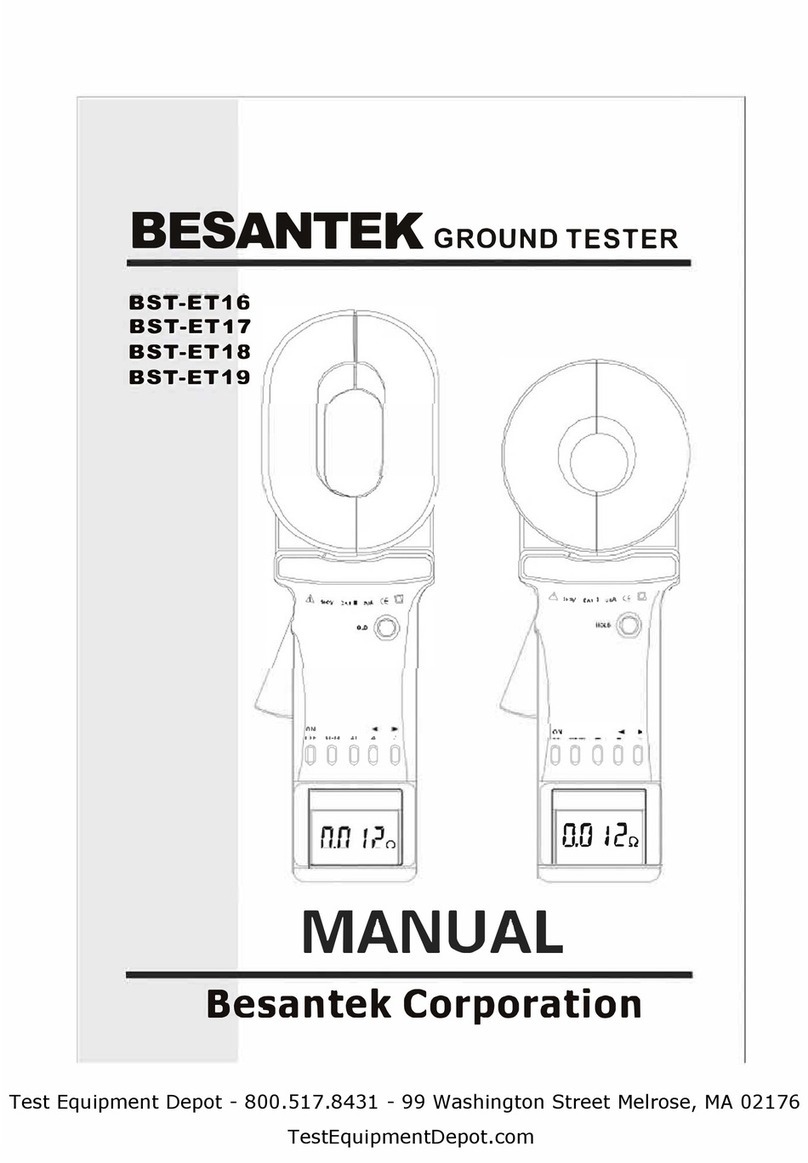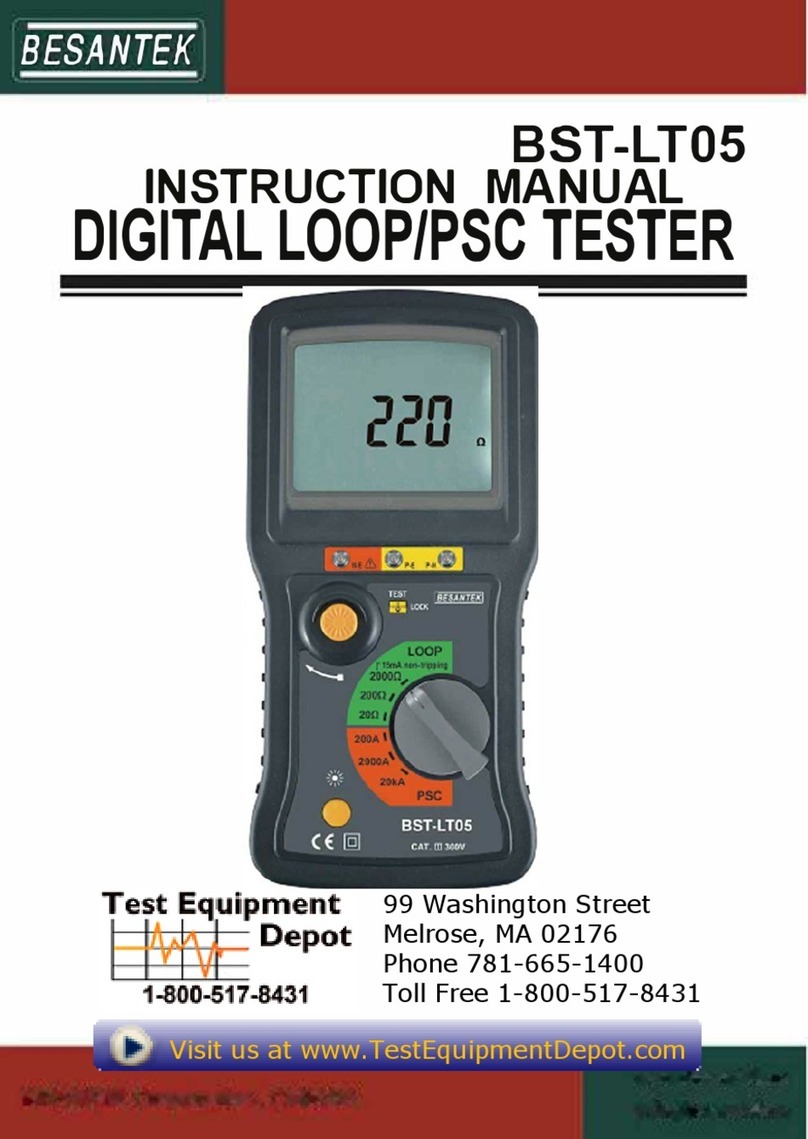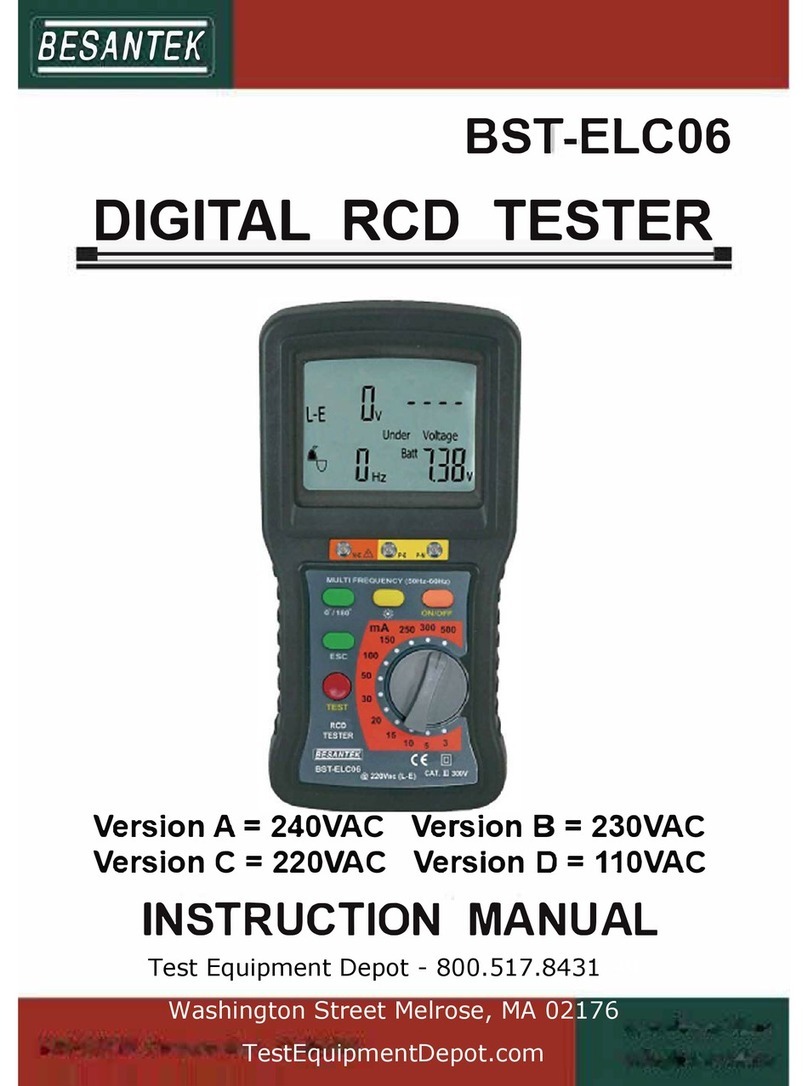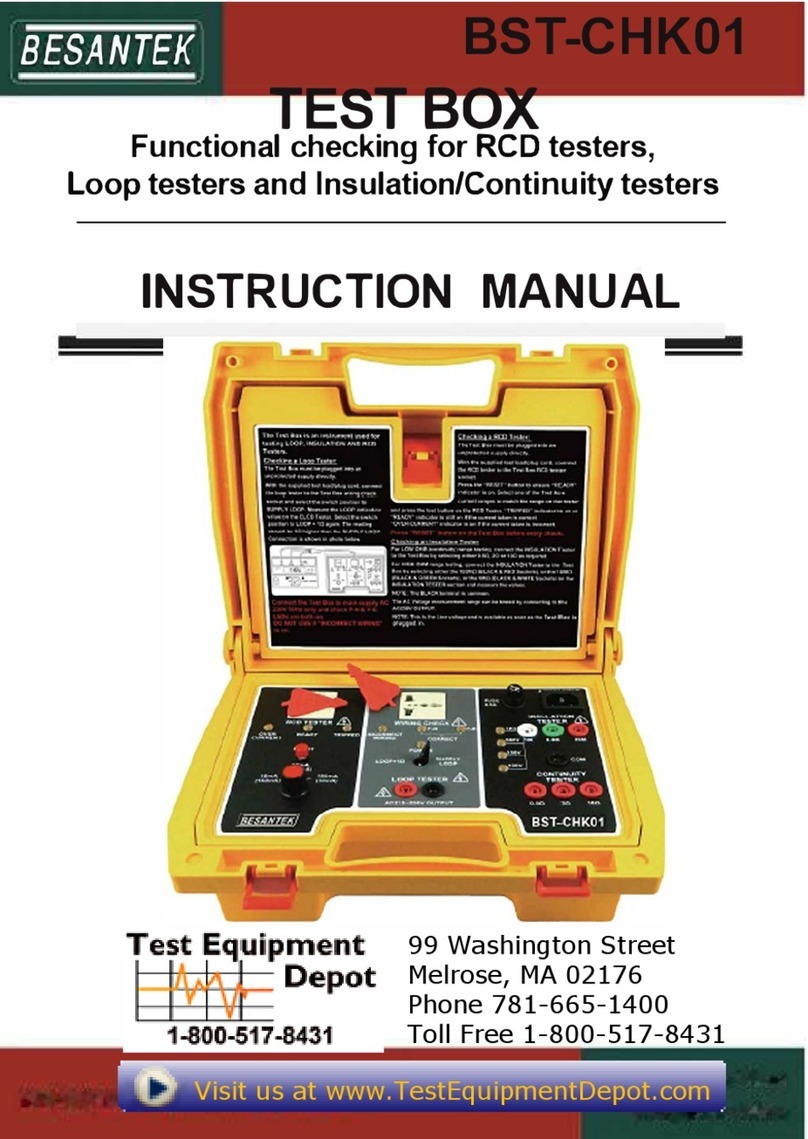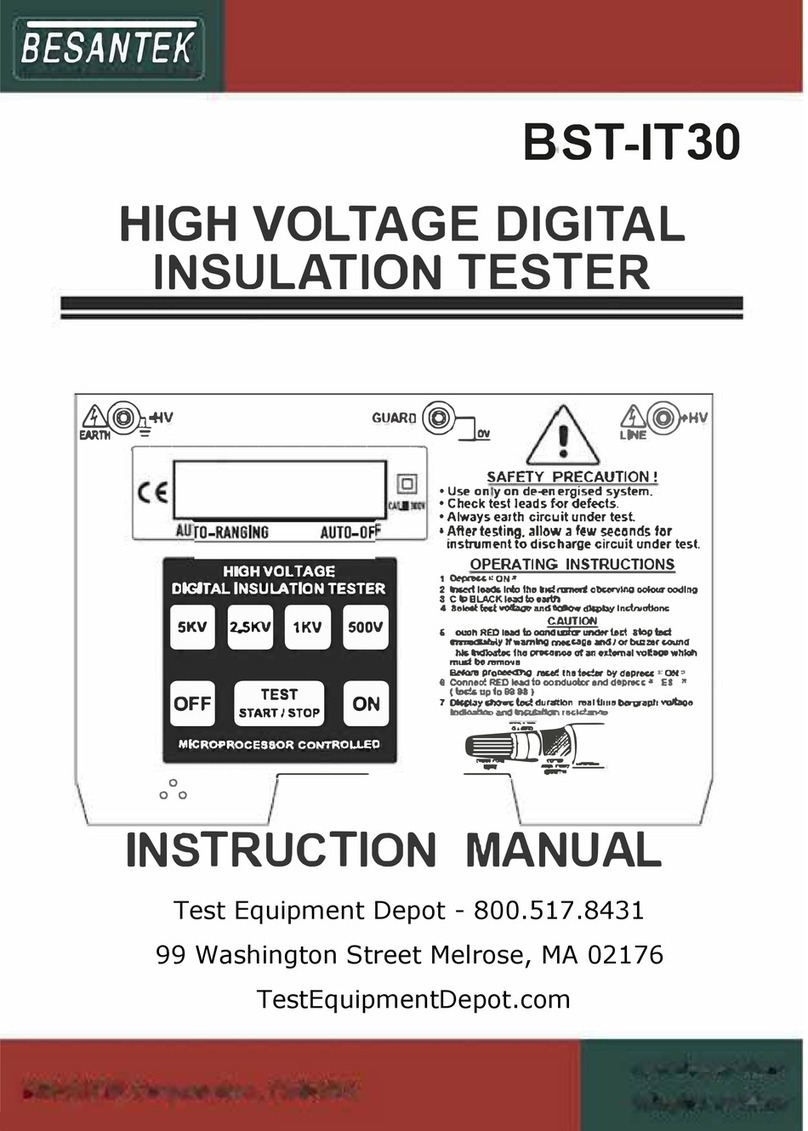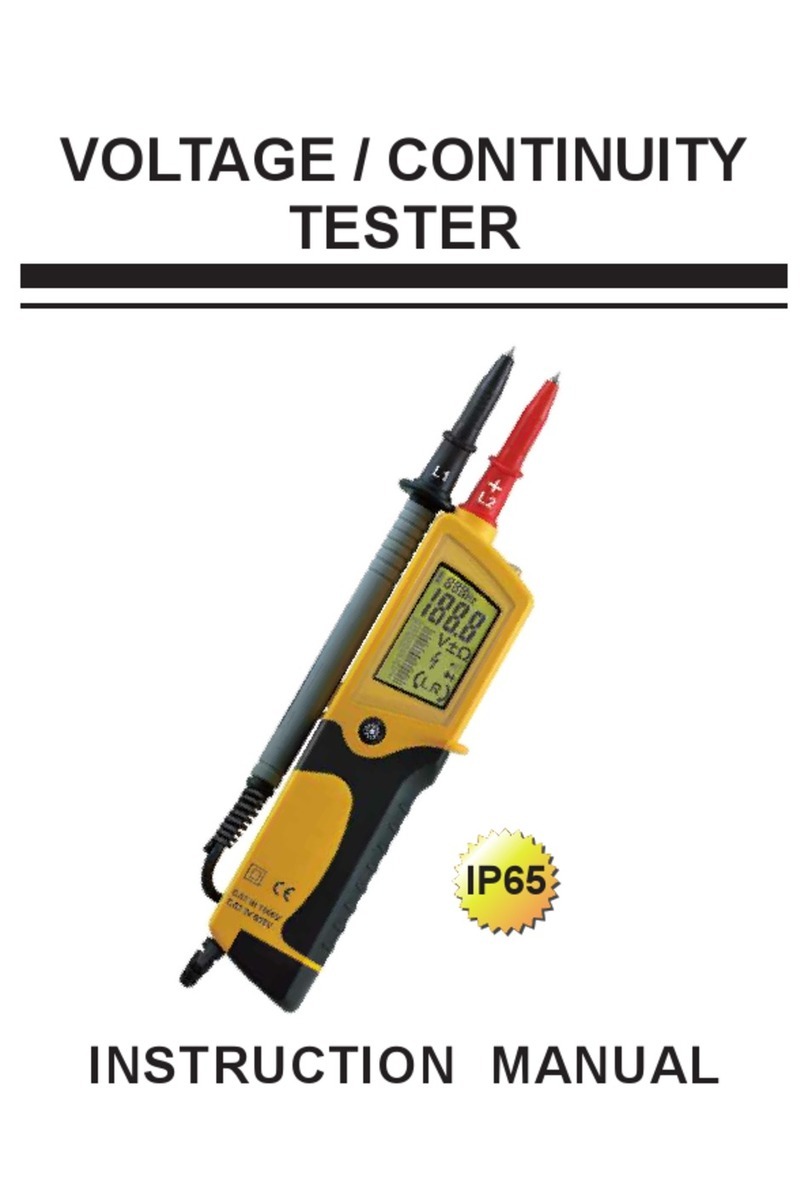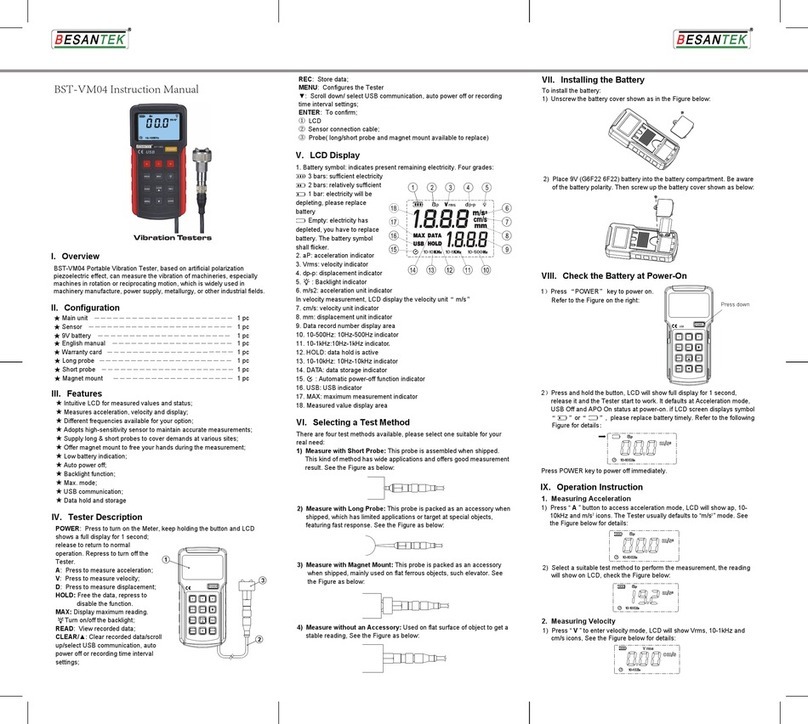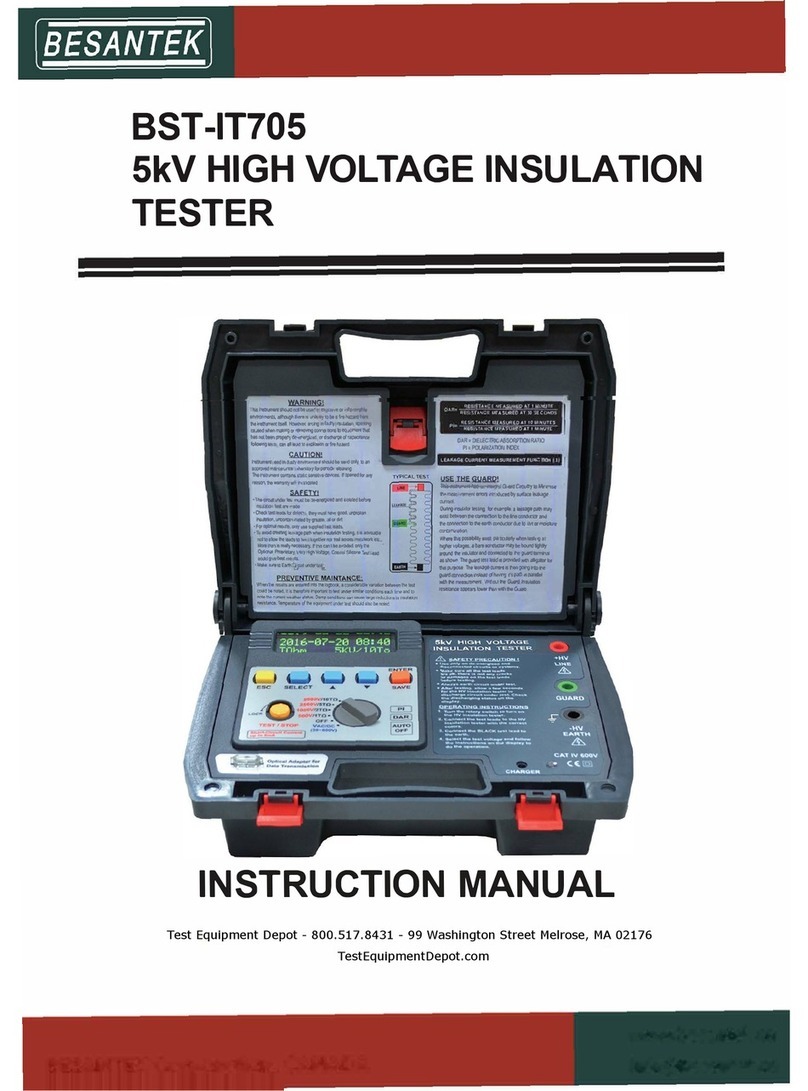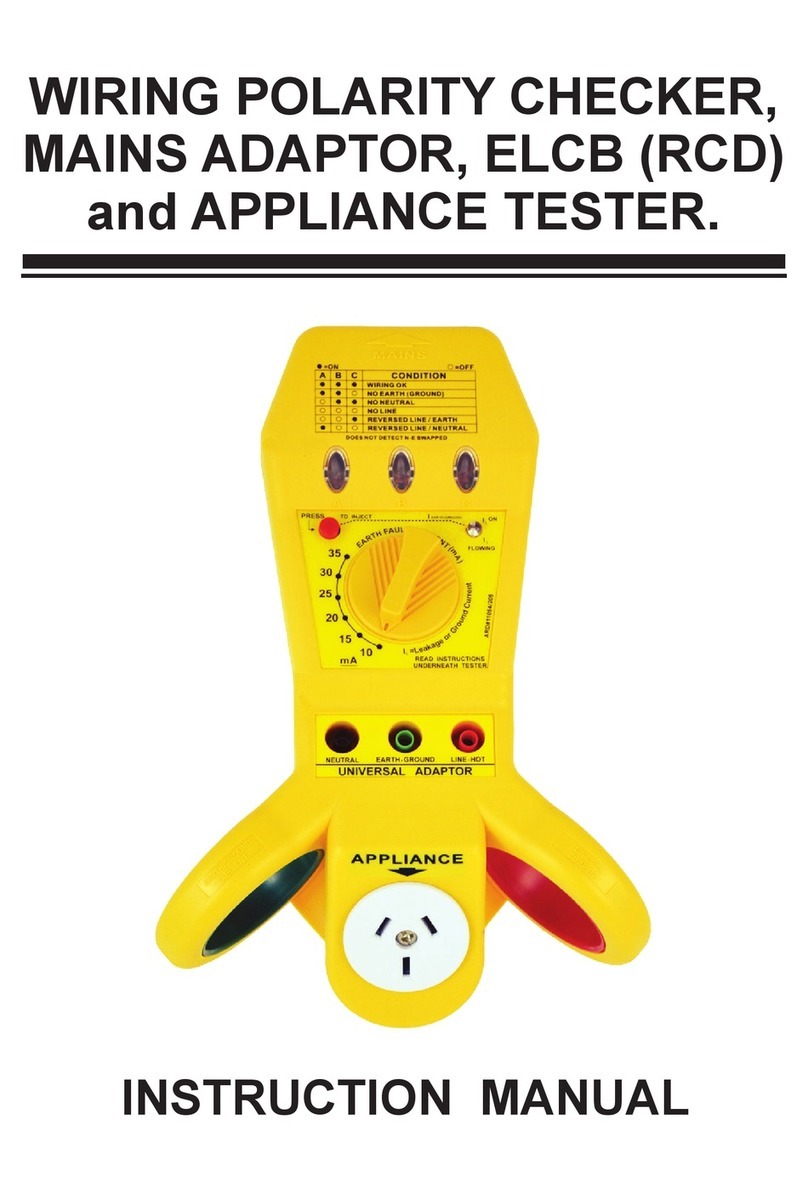
BST-GFL31 User Manual
1
Catalog
1. ABOUT BST-GFL31
........................................................................................................................................ 2
1.1 BST-GFL31 Brief Information?............................................................................................................... 2
1.2 BST-GFL31 Main Functions................................................................................................................... 2
1.2.1 Ground Fault Location................................................................................................................. 2
1.2.2 Frequency Spectrum Analysis ..................................................................................................... 2
1.2.3 Oscilloscope ................................................................................................................................ 2
1.3 Features ................................................................................................................................................. 2
1.4 Typical Application.................................................................................................................................. 3
1.5 Technical Specification ........................................................................................................................... 3
1.6 Composition of BST-GFL31 ................................................................................................................... 3
1.6.1 Packing List ................................................................................................................................. 3
1.6.2 BST-GFL31 Main Body ............................................................................................................... 4
1.6.3 Signal Receiver ........................................................................................................................... 5
1.7 Basic Concepts ...................................................................................................................................... 6
1.7.1 About Faulty Grounding............................................................................................................... 6
1.7.2 Wire Mix-connection.................................................................................................................... 7
1.7.3 Short circuit.................................................................................................................................. 8
1.7.4 Current leakage ........................................................................................................................... 8
1.7.5 Tracing of Current Signal............................................................................................................. 8
2. MAIN OPERATION OF BST-GFL31 ............................................................................................................... 8
2.1 General Steps for Fault Location ........................................................................................................... 8
2.2 Operation Preparation............................................................................................................................ 9
2.3 Wire connection with DC System........................................................................................................... 9
2.4 Set Generator Output Signal................................................................................................................ 10
2.4.1 Measurement of Circuit ............................................................................................................. 10
2.4.2 Output Signal Adjustment.......................................................................................................... 11
2.4.3 Output Signal to Circuit for Fault Location ................................................................................ 12
2.4.4 Return Circuit for Fault Location................................................................................................ 13
2.5 Signal Tracing with Signal Receiver..................................................................................................... 13
2.5.1 Frequency Synchronization....................................................................................................... 13
2.5.2 Set Signal Reference ................................................................................................................ 14
2.5.3 How to Locate Ground Fault? ................................................................................................... 17
2.6 Some Tips for Ground Fault Location .................................................................................................. 18
2.6.1 Multiple Setting of Signal Reference ......................................................................................... 18
2.6.2 Gross searching ........................................................................................................................ 20
2.6.3 Use more than one signal receiver............................................................................................ 20
2.7 Signal Changes in Earth Fault Circuit .................................................................................................. 20
2.8 Location for Other Ways of Fault ......................................................................................................... 21
2.8.1 Wire Mix-connection.................................................................................................................. 21
2.8.2 Short-circuit Fault Location........................................................................................................ 22
2.9 About Distributed Capacitance............................................................................................................. 22
3. OTHER SETTINGS OF GENERATOR AND RECEIVER ............................................................................. 23

